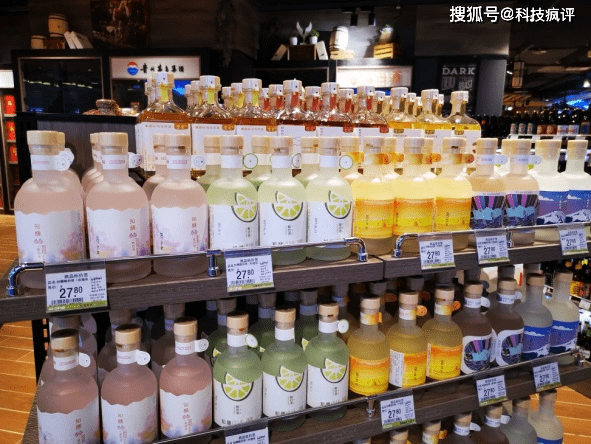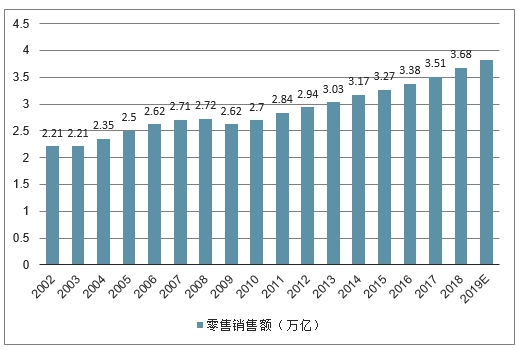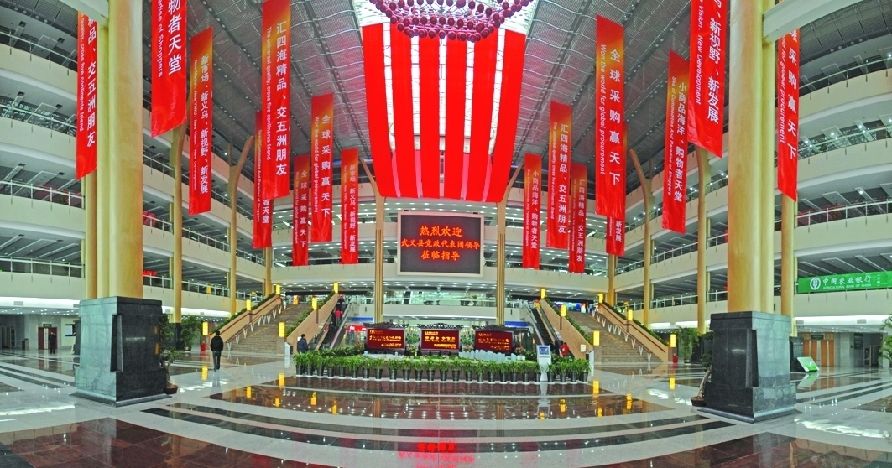In today's retail industry, the emergence of general merchandise supermarkets as a viable business model has sparked considerable interest and debate. The concept of offering a wide range of products under one roof has become increasingly popular in recent years, offering customers a convenient one-stop shopping experience. However, is this model truly feasible in all scenarios? Let's explore the concept of general merchandise supermarkets and assess its viability.
A general merchandise supermarket is a retail business that stocks a wide variety of products, including food, beverages, clothing, household goods, and other consumer items. These supermarkets aim to provide customers with a convenient shopping experience by offering a comprehensive range of products in one location. The concept has gained popularity due to its convenience and the ability to offer competitive pricing through efficient inventory management and bulk purchasing.
The viability of a general merchandise supermarket depends on several factors. Firstly, the location of the supermarket is crucial. A store located in a high-traffic area with a strong customer base is more likely to succeed. Secondly, competition in the local market must be analyzed to determine if there is a gap for a general merchandise supermarket. Understanding the competition and their weaknesses can help identify opportunities for differentiation and growth.
The financial aspect is also vital. A comprehensive business plan and financial projections are essential for assessing the viability of a general merchandise supermarket. Factors such as initial investment, operating costs, revenue projections, and return on investment must be carefully considered. Additionally, having a solid understanding of cash flow management and budgeting is crucial for ensuring the long-term success of the business.
Market research and customer analysis are also critical components in determining the feasibility of a general merchandise supermarket. Understanding customer preferences, shopping habits, and buying patterns can help tailor the store's offerings to meet the needs of the local market. Additionally, market research can help identify trends and emerging consumer demands that can be leveraged to stay competitive.
The success of a general merchandise supermarket also depends on effective management and operations. Efficient inventory management, staff training, and customer service are essential for providing a positive shopping experience. Implementing technology such as point-of-sale systems, inventory tracking software, and customer loyalty programs can further enhance operational efficiency and customer satisfaction.
Moreover, adapting to changes in consumer behavior and market trends is crucial for maintaining the viability of a general merchandise supermarket. Staying agile and responsive to changes in consumer demand allows businesses to stay competitive and attract customers. Partnering with suppliers and manufacturers for exclusive deals and promotions can also help differentiate a general merchandise supermarket from its competitors.
In conclusion, the viability of a general merchandise supermarket depends on several factors, including location, competition, finances, market research, customer analysis, management, operations, and adaptability to changes in consumer behavior and market trends. By carefully considering these factors and implementing effective strategies, a general merchandise supermarket can be a successful and profitable business model.










 京公网安备11000000000001号
京公网安备11000000000001号 京ICP备11000001号
京ICP备11000001号